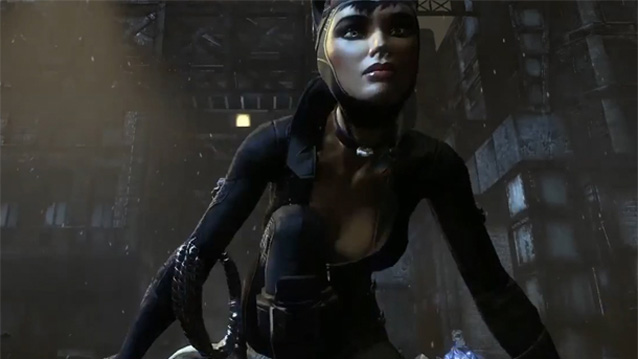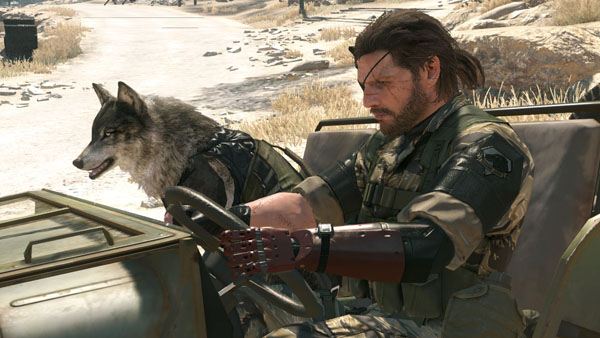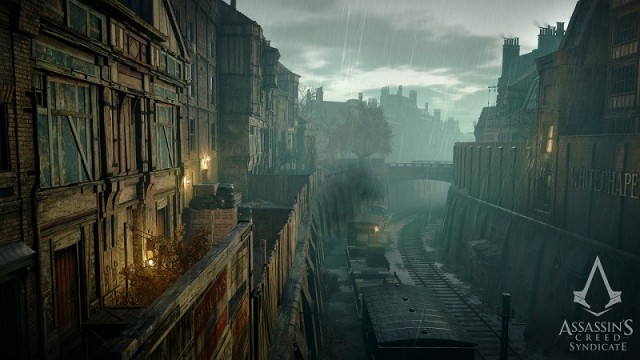

When a game series finds a genre that works, it tends not to deviate too far outside of that bubble. It’s only when the franchise gets a few decades under its belt that there is even talk of potentially changing things up.
Lara Croft and the Guardian of Light was such a shake-up – an isometric dungeon crawler that took familiar elements from the Tomb Raider series but packaged them into a Gauntlet-esque title. Guardian of Light was well received by critics, if only because it offered something a little different and had some smart design elements to boot. It didn’t, however, suggest that this was a new direction for the series – just a spinoff that would make for a casual distraction and cater to another audience.
Nevertheless, Crystal Dynamics has sought fit to release a followup titled Lara Croft and the Temple of Osiris, a successor in every sense of the word. This game is bigger, deeper, and offers four-player co-op instead of two. But while it may be more of the same, only a little more refined, it isn’t necessarily as novel. Rather, Lara Croft and the Temple of Osiris proves that sometimes a one-off success story is better left without a sequel.
That being said, Lara Croft and the Temple of Osiris is by no means a misfire. It’s a solid co-op dungeon crawler with some creative puzzle mechanics and inventive design. Players will once again venture into a series of tombs and try to come out the other side, only this time they are in search of the pieces of Osiris. Through some misguided raiding, Lara ends up crossing paths with and drawing the ire of the Egyptian god Set, and after picking up a few extra co-op companions she sets off on a quest to reincarnate the god Osiris for backup. Doing so will require braving about a dozen different tombs, each with its own set of puzzles, platforming sections, and a smattering of enemies.
Combat in Temple of Osiris takes on a similar complexion to Guardian of Light. Players aim their weapons (handguns, machine gun, rocket launcher, etc.) with the right stick and fire with the right trigger, which gives them the freedom to move and shoot at the same time. Lara and friends also have bombs that they can drop for a larger AOE attack. These bombs come in mighty handy, as they can be placed on the ground and activated once a group of enemies pool within their wake. They also factor into the puzzle solving and platforming, but more on that in a bit.
The combat is generally pretty mindless and offers little in the way of challenge. It’s only during the game’s handful of boss fights that players actually have to think strategically, and even most of those fights are not inherently combat focused. Instead, these boss fights feature a combination of puzzle solving and timing, as the players try to reveal a boss’s weak point or get them to a state where they can be damaged. These boss fights are easily the most exciting parts of Temple of Osiris, boasting impressive visual design for the levels and the bosses and a more competent focus on entertainment.
Similarly, Lara Croft and the Temple of Osiris‘s puzzles are inventive enough that players will rarely see the same one twice. That isn’t to say that the puzzles in the game are particularly difficult, but they are just challenging enough to give those satisfying “aha” moments. However, those who do play Lara Croft with a friend or online buddy will find that the puzzle solving loses a bit of its luster. Since many of the puzzles are designed around hitting a single switch multiple times, the solo player needs to uncover clever ways to meet that goal. Whereas in co-op, players can simply leave one teammate behind, and once the way is clear they can move forward.
In addition to some rudimentary switch and jump-based puzzles, Temple of Osiris throws a few curveballs by way of its Osiris Staff. With the staff, players can perform any number of tasks, from activating platforms to slowing down gears for a clear path forward or even setting off wall-clearing bombs. It’s not the most original puzzle-solving mechanic, but it brings enough extra flavor to Temple of Osiris to keep things from feeling mundane. In fact, it would have been nice if Crystal Dynamics found more ways to use the staff beyond its function as a basic on/off mechanism.
Eventually, the process of clearing out a few enemies, solving a puzzle, and moving forward does get a little mundane, but Temple of Osiris packs enough new environments and slightly different puzzles to keep players moving forward. There’s also plenty of score-based objectives to complete in each tomb, which players (and friends) can go back and try and beat at their leisure. That being said, by the time a group of four has finished the game they likely won’t be motivated to go back. The singular elements are enjoyable enough the first time around, but they are nowhere deep enough to encourage replayability.
Packaged together with some light customization elements and loot drops (stronger weapons and better gear, for example), Lara Croft and the Temple of Osiris is a serviceable tomb crawling experience. Its concept is not nearly as novel the second time around, but the addition of four-player co-op is sure to win some over with little resistance. Really, it’s the fans of isometric dungeon crawlers that will find the most to enjoy in Temple of Osiris as the Tomb Raider connections are slight. It has decently designed puzzles, mildly engaging combat, and solid visuals, which on their own are enough to make the game worth a casual recommendation. Lara Croft and the Temple of Osiris is by no means a standout downloadable title, but it still offers a few hours of fun.
Lara Croft and the Temple of Osiris is available now for PC, PS4, and Xbox One. Game Rant was provided a PS4 code for this review.
Follow Anthony on Twitter @ANTaormina




 How to level up and gain XP in Destiny beta
How to level up and gain XP in Destiny beta MGS V: The Phantom Pain - Where to find D-Dog, It's Special Abilities and How to use it on field
MGS V: The Phantom Pain - Where to find D-Dog, It's Special Abilities and How to use it on field How to get tremendous rewards for Destiny through Cheat Codes for PlayStation and Xbox
How to get tremendous rewards for Destiny through Cheat Codes for PlayStation and Xbox Sequence 7 - Driving Mrs.Disraeli: Assassin's Creed: Syndicate Walkthrough
Sequence 7 - Driving Mrs.Disraeli: Assassin's Creed: Syndicate Walkthrough Bloodborne Guide: How to Easily Get the Blood Rock
Bloodborne Guide: How to Easily Get the Blood Rock